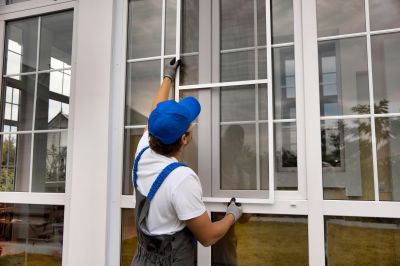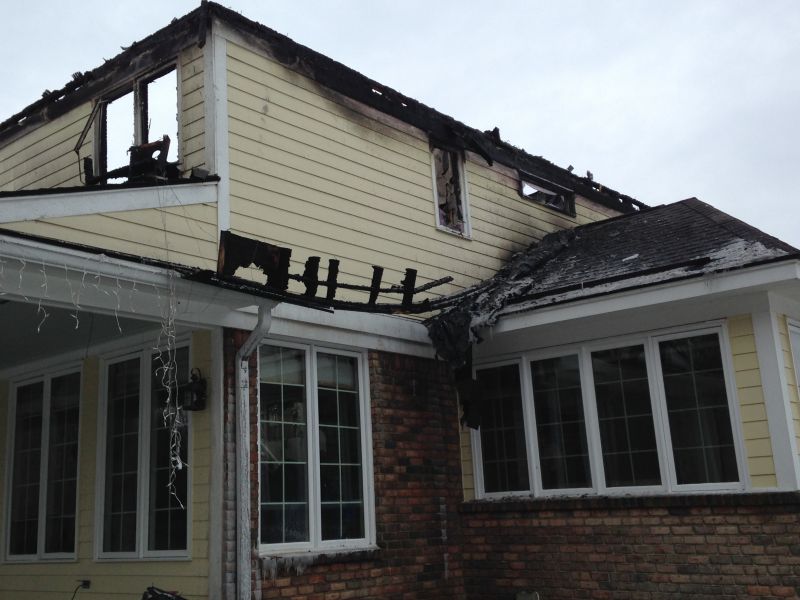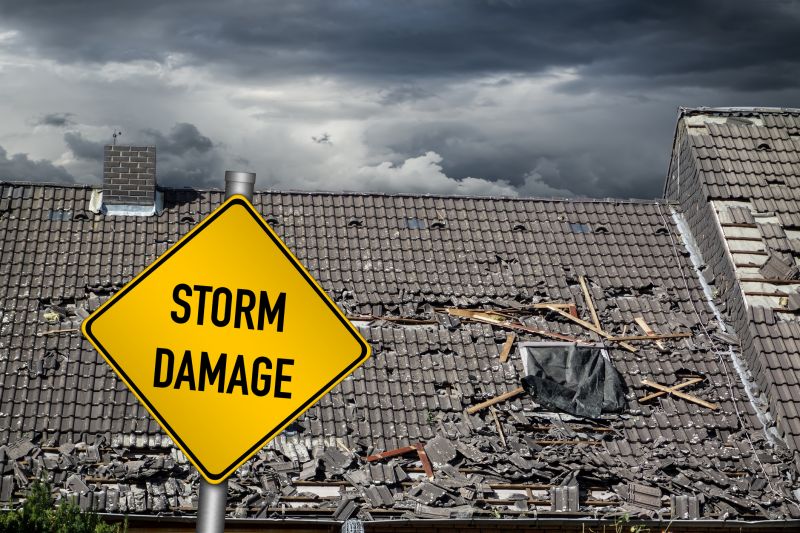Optimal Timing for Storm Restorations
Understanding the optimal time for storm restorations is essential for effective and efficient repairs. The timing depends on weather patterns, seasonal considerations, and local climate conditions. Proper scheduling can minimize further damage and ensure safety during restoration efforts.
Storm restorations are most effective when performed after severe weather events, typically during late spring and summer when storms are more frequent.
Choosing periods of stable weather reduces risks during repairs and allows for longer-lasting restoration results.
In regions like Frederick, MD, late spring through early fall offers the best conditions for storm restoration projects.
Scheduling outside peak storm seasons minimizes disruptions and ensures availability of resources.

Evaluating damage promptly after storms ensures timely restoration planning.

Utilizing specialized equipment during optimal weather conditions enhances repair quality.

Skilled teams work efficiently during favorable weather periods to restore structures.

Visual comparisons highlight the importance of timely restorations.
| Factor | Impact on Timing |
|---|---|
| Storm Frequency | Higher in late spring and summer |
| Weather Stability | Critical for safe and effective repairs |
| Resource Availability | Peak seasons may limit access |
| Damage Severity | Urgent repairs needed immediately after storms |
| Regional Climate | Influences optimal restoration windows |
| Seasonal Risks | Avoiding winter or off-season delays |
Storm restorations involve repairing damage caused by severe weather events such as high winds, hail, and heavy rain. These damages can compromise structural integrity, cause leaks, and lead to long-term deterioration if not addressed promptly. Timely restorations help prevent secondary issues like mold growth, wood rot, and further structural damage. Accurate assessment and swift action are essential to restore safety and functionality.

Assessing storm damage is the first step in restoration.

Professional repairs restore structural integrity.

Restored properties ready for occupancy.

Understanding damage scope guides restoration planning.
Individuals interested in storm restorations are encouraged to contact for further information and assessment. Prompt action can mitigate damage and support long-term property resilience.
